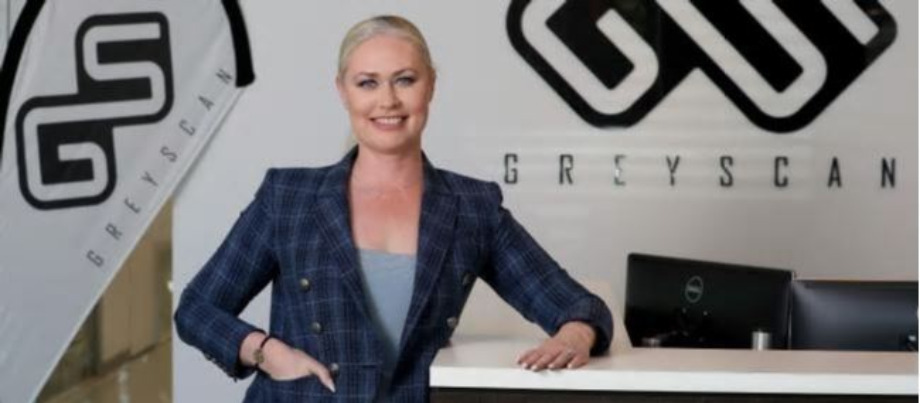Newsroom
December 10th 2019
Explosive Trace Detector Released


A new Melbourne-based company, GreyScan, has developed what its chief executive Samantha Ollerton says is the world’s first automated inorganic explosive trace detection device, fulfilling a growing need for a faster and more efficient bomb detection service.
GreyScan’s ‘‘ETD-100’’ is based on technology initially developed by the University of Tasmania and spun out into a separate company in 2015. After years of development it’s now ready to show off its wares.
Current devices only detect five ingredients used in explosive construction, missing seven commonly used inorganic chemicals used in explosives such as IEDs and homemade explosives.
Ms Ollerton told The Australian that with inorganic compounds such as fertiliser being increasingly used to fabricate explosive devices, there was a growing need to test and identify the presence of these compounds — and the ETD-100 did the job.
“This is an Australian-born and bred company, and our technology is designed specifically to target something that is really needed in the security market,” she said. “It’s designed to be used by end-users who are in the job of intercepting terrorist activities; they’re not PhD chemists. We take something that’s really complex and make it small, easy to use, cheap and accurate. It has the reliability of a laboratory-based system, but could be used at aviation checkpoints or in places of war. And it will reduce the risks of terrorist activity happening.”
According to Ms Ollerton, the company has been supported by both the federal and Victorian governments through the Advanced Manufacturing grant and Future Industries Manufacturing Program grant, respectively. It established its Port Melbourne facility in June 2019, allowing it to scale up production of the ETD-100.
“This facility has now been built up to manufacture volume quantities of production, and we’re
now shipping to key government customers all over the globe, not just Australia,” Ms Ollerton said. “Australia obviously is a huge customer for us, but we are taking the company global. The demand is global.”
She said the key difference with GreyScan’s technology was that it used separation capabilities at the liquid phase, rather than the vapour phase which is normally how detection is done.
“That’s an important distinction, because the materials we’re targeting are based on inorganic explosive materials, which all the things the current checkpoints can’t currently find. The actual form-factor of the box is a small desktop form factor, and it’s been specifically designed to augment what people currently use.
“Not any one device can find everything, and this is a tool that augments current capabilities with something that has never been available before.”
The executive, who has over 20 years’ experience in the security industry, said that 10 years ago the industry was focused purely on military-grade explosives but today it’s facing an epidemic of homemade devices.
“Our technology can be applied to more than 80 per cent of the actual live events currently happening today,” she said. “People can get their hands on things like pyrotechnics and flash powders, and they’re far easier to access than conventional military-grade ingredients.
‘’Moving forward, the aviation checkpoint isn’t necessarily the target any more. The target can be a shopping centre, it can be a sporting event or a music event, or a museum. That’s what we have to prepare for and that’s what we provide to governments as well as commercial entities interested in protecting people.”
According to Ms Ollerton, terrorism has progressed from being a niche issue affecting the likes of Northern Ireland, Israel and the Middle East to becoming a truly global problem in need of a global solution.
“We are going to work with the large incumbents and the current checkpoint owners to augment what they’ve already got,” she said. “We’re not going to go in and try and fight against other people, we see ourselves as truly complementary.’’
December 10, 2019 David Swan: To read the full article please click here.

